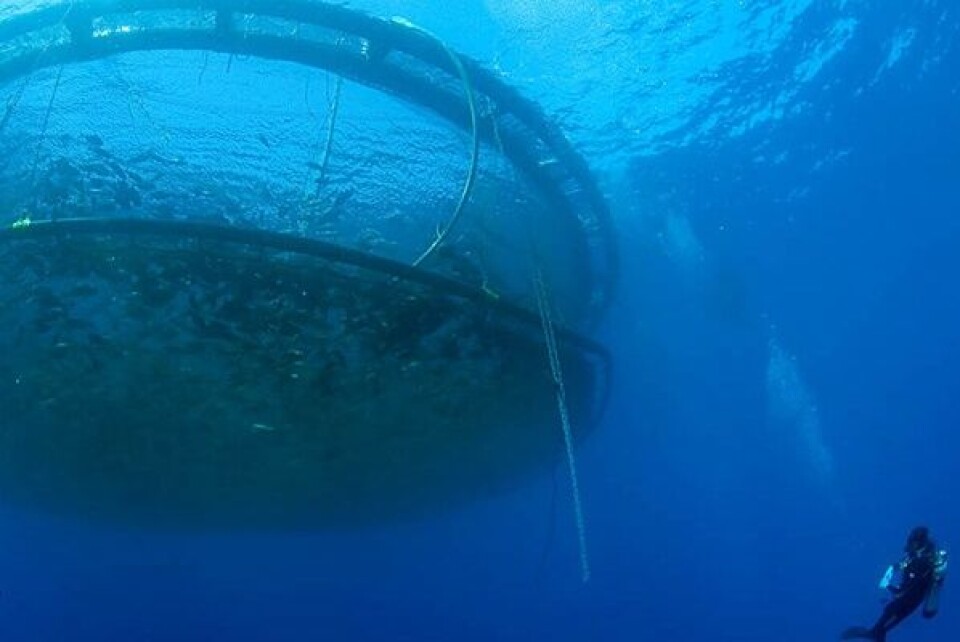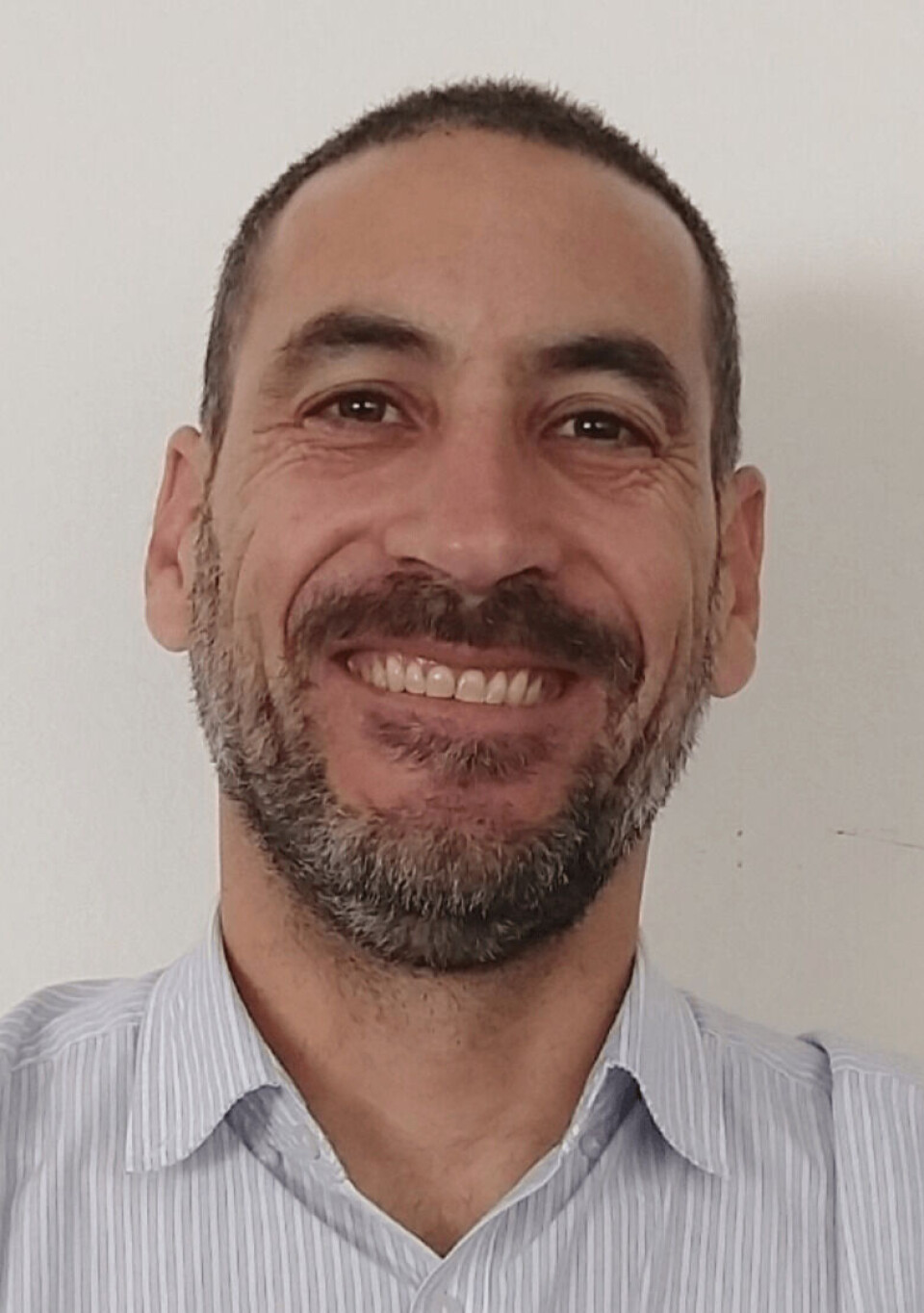
Chile draws up a road map for offshore salmon farming
Chile will dip a toe into the deep water of ocean salmon farming in June when a high-energy site will be stocked with 50,000 fish.
It is the first stage of a six-year initiative by the Oceanic Aquaculture Technology Consortium, part of the country’s Strategic Meso Regional Salmon Sustainable Program.
The consortium is supporting the pre-commercial prototyping of a productive and operational unit for ocean farming and the development of enabling technologies in oceanic aquaculture to exploit offshore areas.
The stocking of the prototype will take place at Invermar’s Traiguén 2 site, located in Chiloé.
Chile’s economic development agency, Corfo, is funding a third of the 22 billion Chilean peso (£24.6m) cost.

‘Useful for this stage’
Corfo’s aquaculture sector executive, Edmundo Pérez, said that although Invermar’s site is not located in the open sea, because there are not yet any farms of this type in Chile, “it is also high energy and is useful for this stage of prototyping”.
Once this stage is finished, which means a productive cycle of approximately two years, a pilot will begin in the open sea or in locations that present high-energy, offshore-type conditions for salmon, said Alicia Gallardo, national director of Chile’s fisheries and aquaculture service, Sernapesca.
As part of the project, a sub-council for the regulation and supervision of oceanic aquaculture has been created, whose objective is to ensure communication between the different public and private entities participating, to give continuity to the different stages of the initiative.
52 months
Pérez that this sub-council “is looking at how the pilot phase will be operated, that it will be carried out in a 100% offshore zone, and how these offshore farming centres will be regulated and supervised”.
He said it had been calculated that the time to establish a suitable Area for Oceanic Aquaculture (AOA) is around 52 months, in the best of cases.
“Our aspiration is that, after this sectoral consortium, which lasts for six years, comes to an end, there will be at least one area declared as AOA for offshore aquaculture in Chile, which would occur in 2025. It would be started with salmon, but the model would be replicated to other species that are of interest,” said Pérez.























































